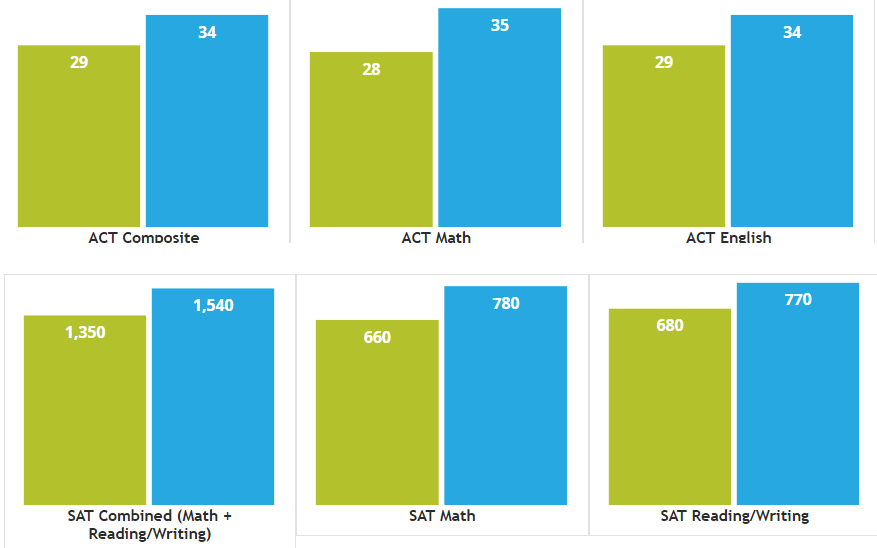
Flickr user Prayitno
Over the course of your high school career, people have probably told you to make sure you keep your grades up. You’ve probably stressed about your standardized test scores and your GPA. Those two factors play a very large role in the college admissions process. But do better grades result in better financial aid opportunities?
Merit- and need-based financial aid
Merit-based aid
In one way, yes. There are two types of financial aid: Merit-based and need-based. Merit-based aid stems from your achievements at school, athletics, or other skills such as playing an instrument. This would be where your GPA and test scores come into play, as well as the difficulty of your transcript (taking AP classes or dual-credit courses, for example). Merit scholarships are used to woo high-achieving students to a certain college or university, especially if those students add to the diversity* of the school. However, not all schools offer merit-based aid. The Ivy League schools, for example, only offer need-based aid.
Need-based aid
Need-based aid covers the gap between SAI (Student Aid Index) and the cost of attendance. This type of aid is much more common than merit-based aid. Most colleges are more committed to meeting financial need than they are awarding merit scholarships.
The two types of aid are not mutually exclusive. Just because you receive a merit scholarship doesn’t mean you can’t apply for need-based aid. Some things to keep in mind, though, is that merit scholarships never take the form of student loans, and they are not based on your family income. They usually have more requirements through college such as keeping your GPA above a certain number. Need-based aid does not usually have such requirements, or those requirements are set rather low compared to merit-based aid.
You can find financial aid opportunities
The overall answer is that even if you don’t have the best grades or test scores, you can still find financial aid. Schools awarding need-based aid packages usually don’t consider your academic performance when making them. Outside scholarships, however, might have academic requirements on top of need requirements. Keep that in mind if you are applying for scholarships other than the ones offered by your school.
*Diversity in this case meaning from a different state or country as well as the standard ethnic/racial diversity. Intended major can play a part as well; if you want to go into a field that is less common among college students, there might be more chances at receiving aid.
—
Use College Raptor to discover personalized college matches, cost estimates, acceptance odds, and potential financial aid from schools around the US—for FREE!






